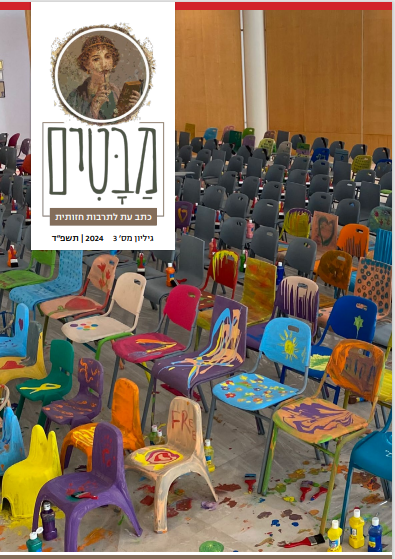Duchamp and Dali
Photographing the naked object
DOI:
https://doi.org/10.64166/t9k4tk51Abstract
This paper centers on two photographs whose objects of focus define significant signposts in the two complex, at times paradox-ridden trajectories of Marcel Duchamp’s and Salvador Dalí’s respective involvement with photography. One of these objects is a white “threadless spool” seen in the lower portion of an anonymous photograph accompanying Dalí’s 1935 essay “Non-Euclidean Psychology of a Photograph.” The other is a readymade appearing as a white silhouette in a photograph of Duchamp’s studio, one constituting an interim stage in his preparatory work on the Boîte-en-valise, or “Box in a Suitcase,” a kind of portable museum of his works on which he worked from 1938 and practically until 1971. The photograph to which Dalí refers serves as a launch pad for an “interpretative” feat employing his paranoiac-critical method, presenting a complex tale of the changing circumstances of the threadless spool in the light of philosophical and scientific thought, past and present. Dalí places the spool on the opposite pole to metaphysical abstraction and closer to modern physics, thus arguing that it is non-Euclidean because its situation is defined not in terms of classical space and time, but in those of the theory of relativity. He then places the spool at the meeting point of modern psychology and physics, defining the photograph itself as embodying a psychological non-Euclidean dimension. The photograph of Duchamp’s studio, with “Trébuchet,” a coat hanger, as one of the readymades placed there, represents a stage in the complex process of preparing it for publication in the Boîte-en-valise, when the object, after being rendered separately in the style of a mechanical drawing, was whitened out. Later in the process, the detailed drawing was printed over the whitened area and the whole photograph was colored. The reason for whitening out the image might be associated with Duchamp’s investigations of the notion of the fourth dimension, as described and developed in his notes over the years. I have found a significant congruence between his ideas in this respect and the stages of re-fashioning the photograph. Duchamp’s “Trébuchet,” in its pristine, 300Abstracts white, and naked state, forms part of a conceptualization process of the photo itself. The fourth dimension is virtualized through various symbolic actions of the kind employed by Duchamp. With this photograph as well as others included in the Boîte-en-valise, he challenges photography’s conventional task of serving as a faithful documentation of visible reality. For his part, Dalí employed photographs over the years as conceptual tools, both as vehicles for the evocation of surreality, in the early years, and later as embodying a non-Euclidean psychological dimension or as vehicles for provoking paranoiac critical interpretation.
References
Downloads
Published
Issue
Section
License
Copyright (c) 2024 Mabatim

This work is licensed under a Creative Commons Attribution-NonCommercial 4.0 International License.



